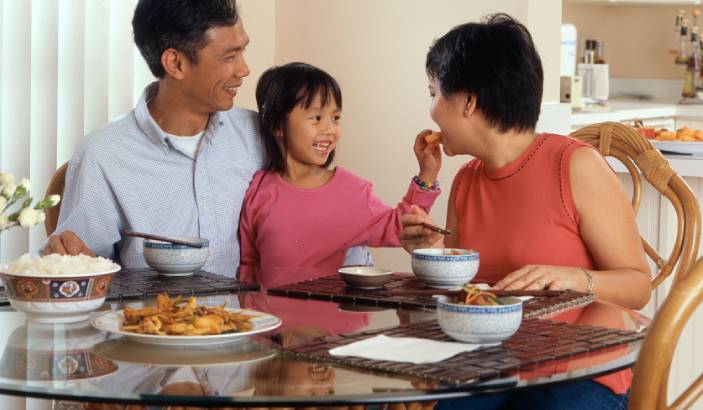With online platforms, access to health and well-being research is easy to find, which can be greatly helpful but cause a lot of misinformation to be available as well. Some of the consequences are visible with promoted diets like “No-carbs diet”, often encouraged as a means to lose weight. Although this may seem to work at first, in the long term it becomes unsustainable and many people end up giving up once they realize keeping up those eating habits is impossible. Carbohydrates are a type of macronutrients found in a lot of food groups. Once consumed, our body turns them into glucose and in result provides us with important energy, making carbs an essential part of a balanced and healthy diet.
In reality, if you don’t live with diabetes, then carbs are not your enemy. They give you fuel to function properly and as long as they are consumed in moderation, then you can minimize risks of heart diseases, diabetes and spikes on your cholesterol. Of course, we must consider what type of carbohydrates we are consuming and aim to eat mostly complex carbs or carbs with no added sugar, since these contain more vitamins, minerals, fiber (helpful with digestion) and overall better health benefits.
So what are healthy sources of carbohydrates?
Don’t be discouraged if you consider this too difficult. Good carbs are so easy to find, you actually might be already eating them: Beans, fruits, vegetables and whole-grain products are a go-to in order to get your carbs intake. Some examples include:
- Fruits like apples, berries, melons, oranges and peaches. Those with edible skin specifically contain optimal levels of fiber, and this being a complex, healthy carb will not be broken down by your body and will stimulate an enhanced digestion.
- Vegetables like sweet potatoes, broccoli, carrots or asparagus are complex carbs safe to add in your recipes.
- Beans and legumes, including black beans, chickpeas, lentils or kidney beans.
- Nuts or seeds like almonds, chia seeds, peanuts and walnuts.
- Dairy products like cheese, yogurt and milk, although it might be ideal to limit calories by choosing low-fat alternatives if these.
- Whole grain foods such as brown rice, oatmeal, whole bread and pasta offer a great array of options available.
Referring to our last food group, grains, we might have stopped and considered how used we are to eating white rice instead of brown. Although white rice is also a complex carb, it doesn’t have the same nutrition value due to it being stripped of its natural bran and germ. Moreover, when talking about white rice nutrition values, a cup of rice calories content is not a factor to worry too much about, since it’s relatively low compared to other grains.
Carbs portions may reasonably vary from person to person considering aspects like activity level, age and conditions, but a balanced meal will include not only carbs but a source of protein and fat to maximize nutrients. If you need an idea on how to incorporate all these together, consider the following recipe with very simple steps.
Here is what you need
- 4 cut chicken breasts.
- 1 tsp. salt.
- ½ tsp. black pepper.
- 1 ½ tbsp. olive oil.
- 2 cups sliced yellow onion.
- 1 tbsp. water.
- 4 cups of cooked white rice (1 cup per person).
- 2 sliced ripe avocados.
- 4 tsp. fresh lemon juice.
Chicken and avocado rice bowl preparation
- Season the chicken breasts with half the salt and half the pepper.
- Use a large nonstick skillet to heat the oil over medium-high.
- Add the chicken breasts and cook through for about 3 minutes on each side.
- Remove the cutlets and place them on a cutting board, you may cover with aluminum foil to keep them warm while you add the onion and water to the skillet and cook.
- Stir until the onion is beginning to brown and soften.
- On the cutting board, cut the chicken breasts into small pieces.
- In each bowl, add the cups of rice and distribute the chicken, onion, avocados, lemon juice and the rest of the salt and pepper.









